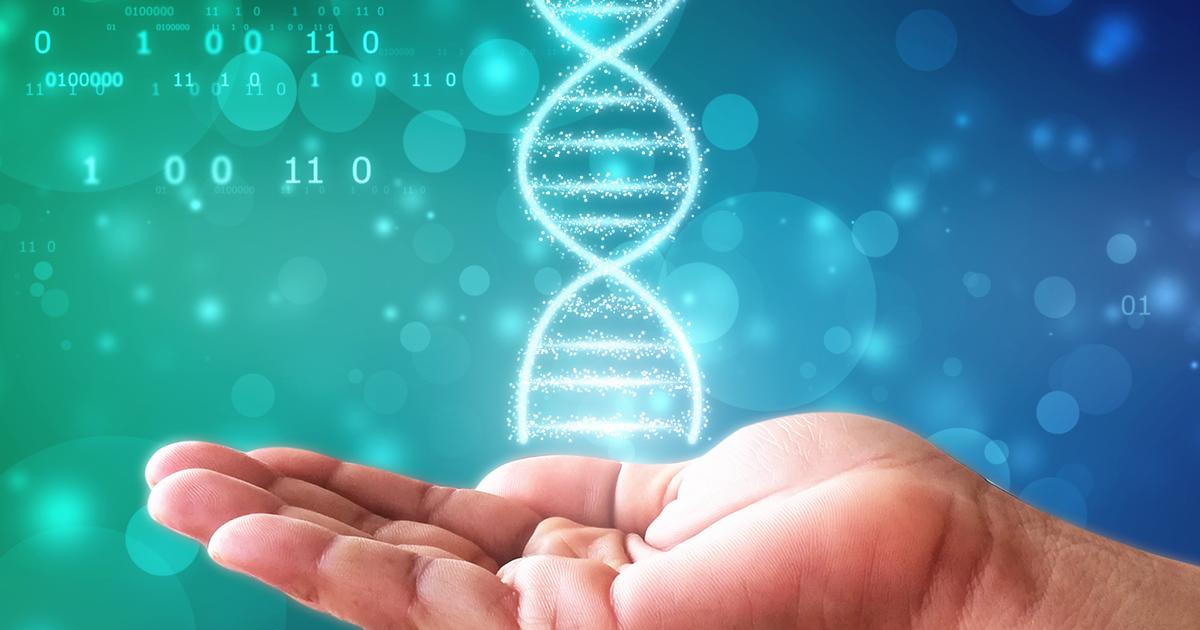Causes And Complications Of Fibrous Dysplasia
Fibrous dysplasia is a disorder of the bone where an individual's healthy bone tissue is replaced with fibrous or scar-like tissue. As a result, a fibrous dysplasia patient will have weaker bones than other individuals. These weakened bones can experience fractures and or become deformed. It is more common for fibrous dysplasia to develop in one bone at one site, but it can develop in multiple bones or at multiple sites. The most common bones affected by fibrous dysplasia include the shinbones, thighbone, pelvis, skull, ribs, and upper arm bone. Symptoms of fibrous dysplasia include swelling, bone pain, leg bone curvature, arm fractures, leg fractures, and deformities of the bone. Fibrous dysplasia is diagnosed with the use of x-rays, bone scans, bone biopsy, CT scans, and an MRI.
Genetic Mutation

Fibrous dysplasia is thought to be caused by a specific gene mutation that spontaneously occurs following embryonic fertilization. This type of genetic mutation is not one inherited from the patient's parents. The mutated gene that causes the development of fibrous dysplasia is a gene called GNAS1. Part of the cells in an affected individual's body contains a healthy copy of this gene, while the rest of the cells carry the mutated copy of the gene. This mutation occurs in a gene responsible for the production of a particular protein, called the G-protein. The mutation causes the affected individual's body to produce an excessive amount of this G-protein. This protein is responsible for the production of a molecule called cyclic adenosine monophosphate, which is associated with the process the body uses to recycle bone tissue and the bone turnover that results from it. The bone is broken down properly in this process in affected individuals but is thought to be replaced by fibrous tissue rather than new bone tissue.
